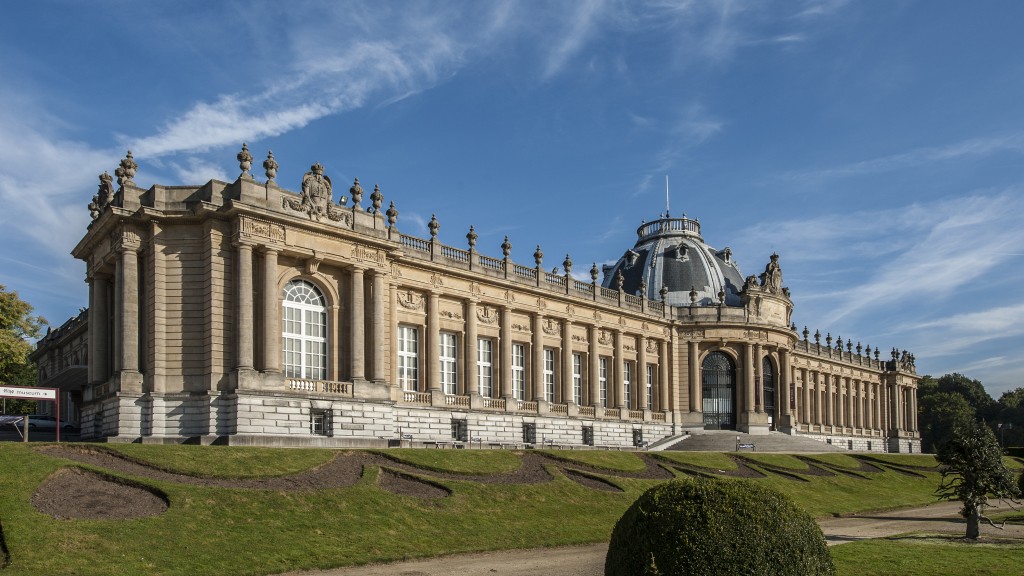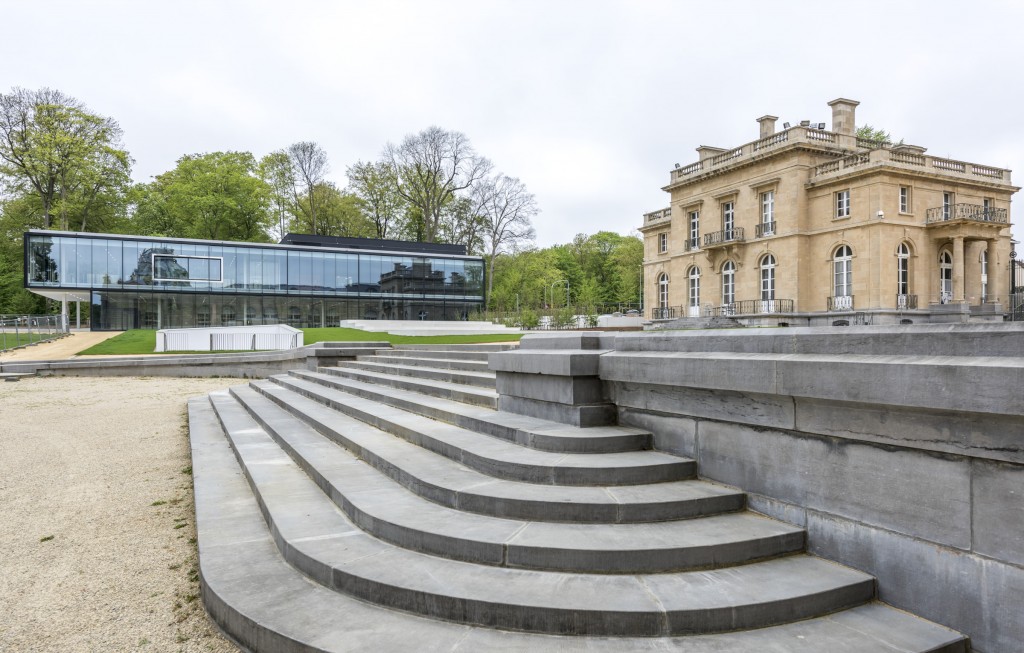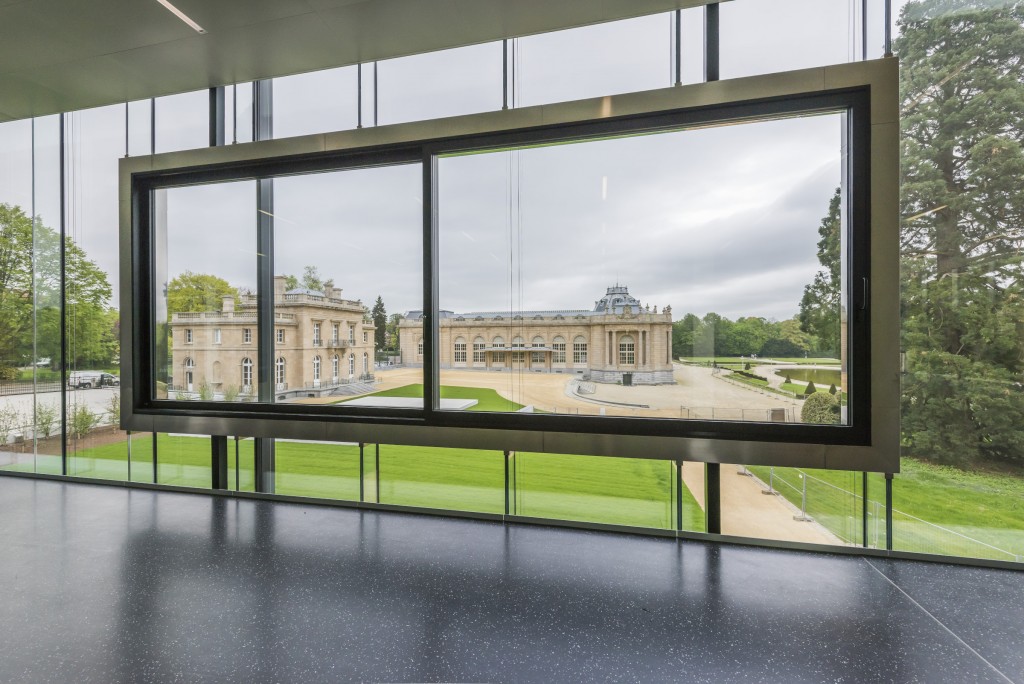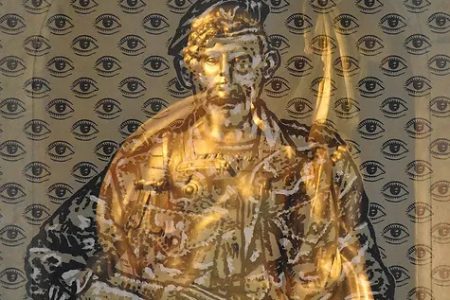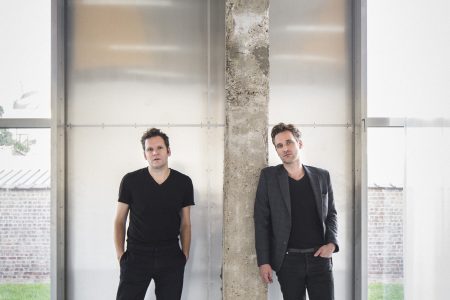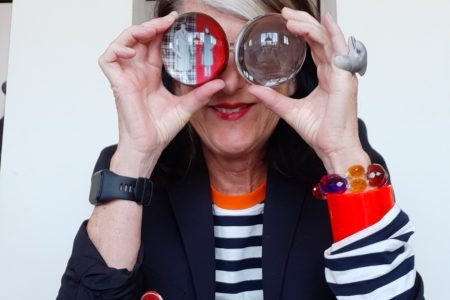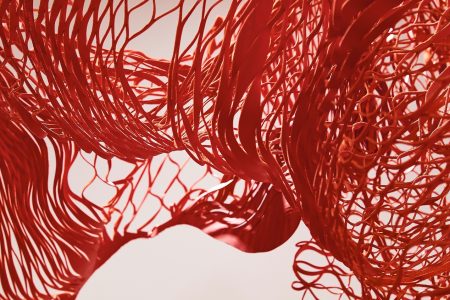The Royal Museum of Central Africa: an ethnographic museum gets contemporary
Guido Gryseels, Director General and Bruno Verbergt, Director of Operations at The Royal Museum of Central Africa in Tervuren, talk about the re-opening of the museum in December 2018 and its vision for the 21st century.
TLmag: What is your role and the core strategy that has guided you and the museum in this ambitious renovation and reopening of the Museum of Central Africa in Tervuren that will happen in December 2018?
Bruno Verbergt & Guido Gryseels: One can summarize our goal in this one guideline: to bring the AfricaMuseum into the 21st century. The least difficult aspect, even if it was a huge and intensive challenge on its own, was the physical restoration of the building. More importantly, in our eyes, is the mental (intellectual) makeover that was needed as well. The permanent exhibition of the AfricaMuseum had hardly changed since 1959 — that is, before the independence of Congo, Rwanda and Burundi. Of course, through research, publications and temporary exhibitions there were some changes, particularly since 2000 and the exhibition ‘exit Congo’, but the main concept of the permanent exhibition was still one of Belgian-European representation of a former colony. Bringing in the African perspective — even more — giving the floor to people from African and the Diaspora, artists and experts, and introducing contemporary Africa into Brussels, the heart of Europe, is essential and critically important now.
TLmag: How have you integrated the strong colonial origins of the museum into a new framework that integrates its history and challenges conflicting identities?
BV & GG: The new framework is what we call the ‘decolonized perspective.’ That goes way beyond introducing a contemporary image of Africa in Belgium and Europe. It is at the same time thinking about agency (who’s perspectives? who’s stories? who is telling them?) and trying to strip deep-rooted colonial mechanisms in our thinking, that even today shape our ideas about Africa and people from Africa. It is the mindset that creates, even for those that think they are contemporary and diverse world citizens, layers which feed superiority or even racism in our thinking and behaviour. A useful thought experiment is to consider how Europeans or Belgians would like other people to talk about them — and how frustrating they would feel if other people frame their history and ideas without their consent and approval, or at least without asking them for their perspective; The European would of course feel it crucial to have their voice heard and their perspective used — someone who is closer to their shared experiences, their history and identity rather then just to rely on what ‘experts’, who live 8000 kilometres away, would claim.
TLmag: How do you position the museum as an open platform to African and Western contemporary creativity and the artistic scene, playing the role of a ‘heritage’ museum and being a key player on the international cultural scene?
BV & GG: One is tempted to do a lot: invite artists, buy new works, and show the world the vast creative filed that is unknown to many. But resources are limited and the AfricaMuseum should not do what other art museums and galleries can do better. This is why we focus on residencies for artists from Central Africa who are interested into exploring our archive and collection. Exhibiting part of the collection to a large public is certainly important, just like making it accessible through databases and the Internet, but the added value contemporary artists can offer the museum collection, and what they get out of it for their own creative work, is very important. This is what keeps the collection and its history alive.
TLmag: As part of many European projects such as RIME (Réseau International de Musées d’Ethnographie, 2008-2012) and SWICH Network (Sharing a World of Inclusion, Creativity and Heritage, 2014-2018) that reunite the large European ethnographic museums, how do you deal with the future of the Tervuren museum, the African ‘Diaspora’ and a renewed museographic approach? Does this European approach allow you to include a new kind of audience?
BV & GG: The major benefit of this European network is to learn from other’s experiences and share ideas and questions amongst peers. The AfricaMuseum in Tervuren is a special case: at the same time it is very large, (while other institutions are strictly ethnographic museums, we also have a natural history collection), and it has an extended scientific research staff (the AfricaMuseum is a federal scientific institute with some 85 researchers at work). But our museum is also very limited, as it focuses only on one part of the world, Central Africa. Most other museums (Quai Branly in Paris, Welt Museum in Vienna, the British Museum…) have a much larger geographical scope. We see that while other museums sometimes have specific collaborations with communities, few have such a longstanding dialogue and collaboration with one source community such as the African Diaspora. We believe that our approach will create a new audience. We welcome people from the African Diaspora living neighbouring countries, knowing that very often they have not had the opportunity to get in close contact with the material and immaterial heritage of Central Africa in the country where they now live. But let it be clear that getting a new audience was not the reason why we started our new museological approach and dialogue with (mainly Belgian) people of African descent. We did change the framework and started the dialogue and exchange some 15 years ago because we felt it was completely wrong to impose views and ideas on Central Africa and its heritage from only one, classical white European perspective.
